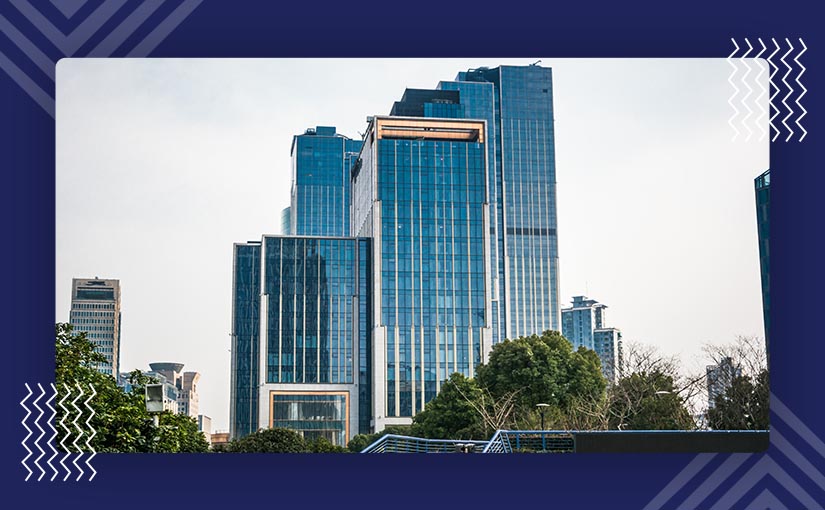The last two years have been nothing but a threat to life owing to the outbreak of coronavirus. The pandemic not only brought the health crisis but also severely affected the economies globally. While many experts believe that 2022 is going to be a great year for commercial real estate in terms of financial uptake, the reality is far away from these assumptions.
Though the calendar year was started on a positive note with number of COVID-19 cases being dropped across the country and the corporate industry returning back to normalcy, the recent rise in the crude prices and interest rates are certainly giving tough times to Indian economy and the individuals. As the capital market is eroding due to the high inflation, can Commercial Real Estate offer a refuge? Is investing in a commercial property a better option than buying stocks in the current times?
Well, let’s be honest that investing in real estate is risky and doesn’t give good returns also at the time of low inflation and high growth. In such case, you can consider putting your money in stocks or maybe mutual funds. But now with inflation persistently trying the patience of the market, Real Estate is the one industry which can actually give you some sigh of relief. And not to forget that Commercial Real Estate (CRE) has always managed to beat the stocks and bonds investments in inflationary scenario.
However, it is true that not everyone can afford to buy a Grade A property unless they invest in REITs. Well, that’s where fractional ownership comes to rescue. Fractional ownership done through SPVs is the answer for those investors who are looking for good yield in inflationary markets.
Also Read: Five best ways to market your coworking space
Having said that, let’s understand what is fractional ownership and how does it work?
Fractional ownership refers to a set-up wherein groups of investors pool in their monetary funds to purchase a premium asset or property and share passive ownership of that unit. This method simply divides the entire expense of a luxurious building into multiple fractions, allowing the investors to participate in new opportunities and get to own at least some part of Grade A buildings.
For an instance, the price of a luxurious commercial building located in a posh locality would run into more than a few crores and it would be far beyond the reach of small or medium level investors. But fractional ownership can make it possible by pooling a minimum investment of Rs 25 to 30 Lakh for the investors. Thus, every investor can earn the similar benefits as a single owner would obtain from a premium range commercial asset including high yield.
Moving further, let’s understand how Fractional Ownership is different from the REITs.
REITs vs Fractional Ownership
Unlike Real Estate Infrastructure Trusts (REITs), which is a financial asset, fractional ownership gives you an advantage of buying a tangible asset in the form of commercial real estate. Secondly, a physical asset is less impacted by the volatility in the stock market during the time of inflation. To sum up, fractional ownership is indeed a sensible option to consider when it comes to secured investment, especially during the high inflation.

